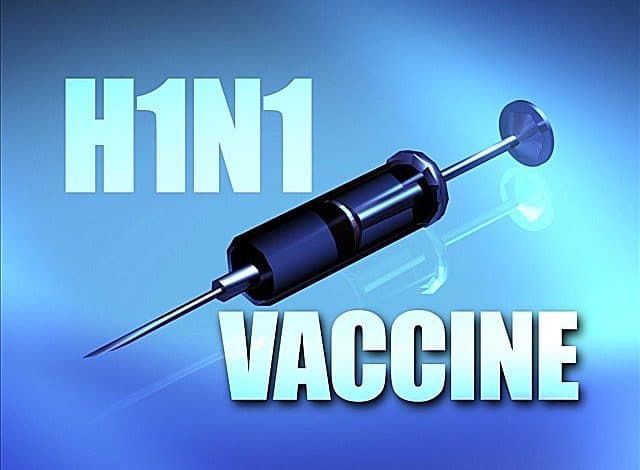
Two independent research groups have obtained vaccines which, tested on mice and ferrets, seem to offer immunization to many viral strains. The result was achieved by targeting the part of the protein that allows flu viruses to attach and invade cells instead of the binding site, like currently marketed vaccines.
The creation of a general flu vaccine, capable of preventing the infection of the most diverse types of viruses, could be one step closer thanks to the results of two independent studies conducted by a group of the National Institutes of Health, in Bethesda, which signs an article in “Nature Medicine”, and by researchers at the Scripps Research Institute and the Janssen Center of Excellence for Immunoprophylaxis, who publish their study in “Science”.

Influenza vaccines typically aim to develop antibodies against a key protein of the virus, hemagglutinin (HA), which allows the virus to attach itself to host cells. In particular, the target of the vaccines developed up to now is the part of the protein, called the head, which constitutes the binding site with the cell. However, the HA head mutates frequently, creating numerous new strains, and this is the reason why the flu vaccine needs to be updated every year.
The two research groups instead focused on the so-called "stem" of HA, i.e. the part of the protein that serves as support for the head and which changes much less.
In the study published in "Nature Medicine", Gary Nabel, Barney Graham and colleagues created a nanoparticle vaccine that binds to a particular part of the hemagglutinin subject to minimal mutations. Nanoparticle vaccines consist of a scaffold capable of binding to the virus, which at its opposite end carries a fragment of a bacterial protein that the host's immune system is able to easily recognize, thus triggering the defensive response of the host. 'body.
The vaccine thus obtained was tested by injecting it into mice and ferrets which were then infected with a lethal dose of the H5N1 virus, responsible for the so-called avian flu. The majority of the animals survived, as did the majority of mice infected with a lethal dose of H5N1 given antibodies from previously immunized mice.
The second research group, directed by Antonietta Impagliazzo, instead started from the reconstruction of the stem structure of the HA of the H1N1 viral strain, responsible for swine flu. The structure was then slightly modified in order to make it easier to bind with the antibodies of the immune system. Starting from this modified stem, Impagliazzo and colleagues were able to produce a vaccine which, tested on mice, completely protected them from infection with both H1N1 and H5N1 flu strains. Tests on monkeys with non-lethal doses of the virus showed that these animals also had a strong immune response to the H1N1 strain, with a marked reduction in symptoms compared to unvaccinated specimens.





